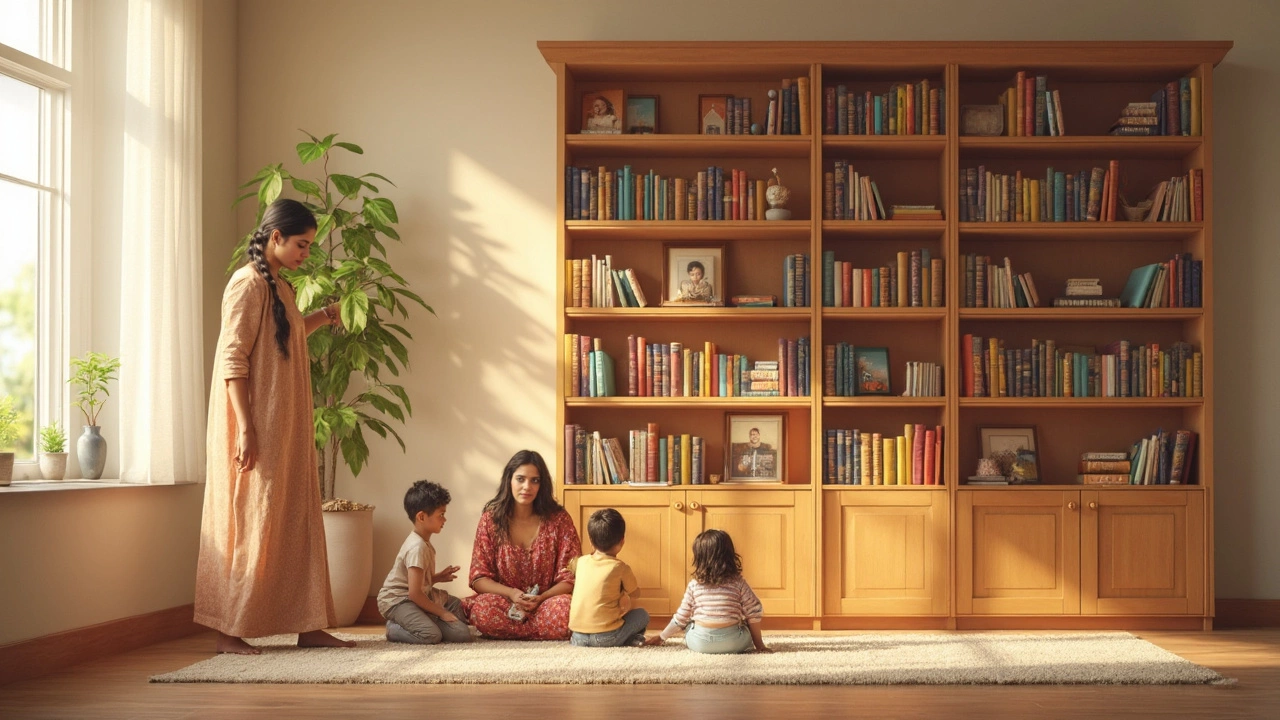Secure Shelves: Simple Tips for Safe Storage and Home Organization
Ever had a shelf collapse right when you needed it the most? It’s frustrating, messy, and can even be dangerous. The good news is you don’t need a handyman degree to keep your shelves sturdy. In the next few minutes you’ll walk away with clear ideas on picking the right shelf, installing it the right way, and making sure it stays safe for years.
Choosing the Right Shelf for Your Space
Start by thinking about what you’ll put on the shelf. Light items like books or décor need less support than heavy kitchenware or a TV. If you plan to store big things, look for shelves made from solid wood, plywood, or metal. These materials handle weight better than cheap particle board.
Measure the wall space and the height you want. A shelf that sticks out too far can be a lever that pulls the bracket away from the wall. A good rule of thumb is to keep the depth under 12 inches for most living rooms. For a kitchen or garage, you can go a bit deeper, but be ready to use stronger brackets.
Bracket choice matters. Heavy-duty brackets are usually at least 2 inches wide and have a lip that holds the shelf front. For floating shelves, the hidden internal bracket must be rated for the load you expect. Always check the weight rating on the packaging—don’t guess.
How to Secure Shelves Properly
Finding the studs in your wall is the first step. Use a stud finder or tap the wall and listen for a solid sound. Screwing into studs gives the strongest hold. If you can’t hit a stud, use wall anchors designed for the wall type—plastic anchors for drywall, toggle bolts for heavier loads.
Pre‑drill pilot holes to avoid splitting the wood. A 1/8‑inch drill bit works for most screws. Then drive the screw all the way in so the bracket sits flush against the wall. Double‑check that each bracket is level before you attach the shelf, because a crooked shelf can put uneven pressure on the brackets.
Once the shelf is up, test it before loading. Press down on the middle and the ends to feel for any flex. If it bends, either add more brackets or swap to a stronger material. When you add items, spread the weight evenly. Heavy books should be placed near the studs or brackets, not all at one edge.
Maintenance is easy. Every few months, tighten the screws and inspect the brackets for rust or damage. If you notice any wobble, address it right away—otherwise the problem can get worse.
By picking the right material, using proper brackets, and anchoring into studs or sturdy anchors, you can keep your shelves secure and functional. No more surprises, just reliable storage that looks good and lasts.
Do You Really Need to Anchor a Bookcase? Safety, Risks, and Smart Tips
Debating whether you have to anchor a bookcase? Uncover the real risks, safety facts, and practical tips for keeping your shelves stable and your home safe.





